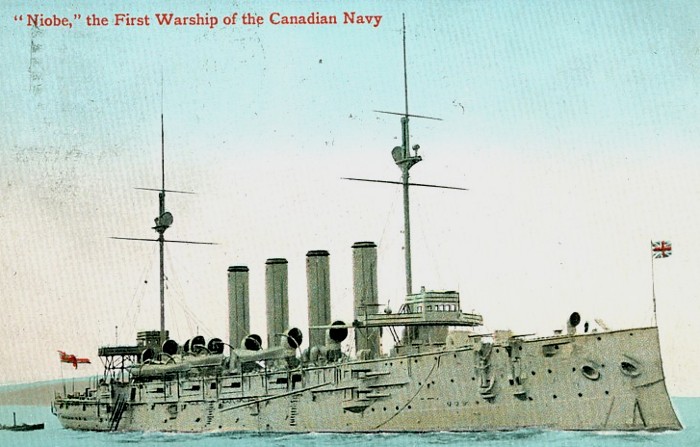Topic: Canadian Militia
An Act to Regulate the Militia of this Province, and to repeal the Acts now in force for that purpose.
The "Militia Act" of 1855; assented to 19th May, 1855.
From the Militia Act of 1855 for the Province of Canada (consisting of the combined provinces of Upper Canada and Lower Canada), comes this description of the Sedentary Militia. As the Act shows, while being mustered for the Sedentary Militia may have been compulsory (para IV), actual service if called up was not necessarily so (para VIII).
Sedentary Militia
| IV. | The Sedentary Militia shall consist of all the male inhabitants of the Province of the age of eighteen years or upwards and under sixty, not exempted or disqualified by law. |
| V. | The Sedentary Militiamen shall be divided into two classes, to be called respectively Service men and Reserve men; the Service men shall be those of eighteen years of age and upwards, but under forty years, and the Reserve men shall be those of forty years of age and upwards, but under sixty. |
| VI. | In time of peace, no actual service or drill shall be required of the Sedentary Militia, but they shall be carefully enrolled from time to time; and the Service men not exempted from muster, shall also assemble for muster annually, at such place and hour, in such manner and for such purposes, as the Commanding Officer of each battalion shall direct with respect to each Company therein; the muster day being in Lower Canada the twenty-ninth of June, and in Upper Canada the Queen's Birthday, or of that fall on a Sunday, then the day next thereafter. |
| VII. | The following persons only between the ages of eighteen and sixty as aforesaid, shall be exempt from enrolment and from actual service in any case:
And the following, though enrolled, shall be exempt from attending muster and from actual service at any time except in the case of was, invasion or insurrection:
All persons bearing Certificates from the Society of Quakers, Mennonists and Tunkers, or any Inhabitant of this Province, of any Religious denomination, other subject to Military duty in time ofvictoria day peace, but who from the doctrines of his Religion, shall be averse to bearing arms, and shall refuse personal Military Service, shall be exempt therefrom. But such exemption shall not prevent any person from serving or holding a Commission in the Militia, if he desire it and be not disabled by bodily infirmity. And no such person shall have the benefit of such exemption unless he shall, at least one month before he shall claim such benefit, have filed his claim thereto, with his affidavit before some Magistrate of the facts on which he rests his claim, with the Commanding Officer of the Company within the limits whereof he resides. And whenever exemption is claimed, whether on the ground of age or otherwise, the burden of proof shall always be with the claimant. |
| VIII. | With a view to actual service in case of war, invasion or insurrection, the Service men shall be divided into two classes, to be called respectively, first class Service men, and second class Service men; the first class to consist of unmarried men and widowers without children, and the second class to consist of married men and widowers with children. |
| IX. | When the Sedentary Militia are called out in case of war, invasion or insurrection, those first taken for actual service, shall be volunteers from the Service men, then the first class Service men, then the second class Service men, and lastly the Reserve men. |
| X. | The Commander in Chief shall have power from time to time, by any Militia General Order, to divide the Province into eighteen Military Districts, to be designated as he shall see fit, nine to be in Upper Canada and nine in Lower Canada. |
| XI. | The Commander in Chief shall have power from time to time, by any Militia General Order, to divide the Military Districts respectively into Regimental divisions, and the Regimental divisions into Battalion divisions, and to designate such divisions by such names or numbers as he shall see fit. |
| XII. | The Militiamen resident within each Battalion division shall form a Battalion of the Regiment of the Regimental division in which it lies, and all Battalions in any Regimental division shall form the Regiment thereof. |
| XIII. | To each Military District a Colonel shall be appointed who shall command the Militia in such District, and to each Battalion and Lieutenant Colonel, and such number of Majors and Regimental Staff Officers as may be deemed necessary. |
| XIV. | Each Lieutenant Colonel shall have power, by any order made with the approval of the Colonel of the Military District, from time to time to divide his Battalion division into Company divisions, each containing, as nearly as may be conveniently practicable, not less than fifty nor more than seventy-five resident Service men; and the Militiamen resident within each Company division shall form a Company of the Battalion. |
| XV. | All now existing Militia divisions shall remain in force until altered as aforesaid, and such of them as shall be allowed to remain unaltered shall be held to have been made by the proper authority under this Act, and for the purposes thereof. |
| XVI. | To each Company of Militia there shall be appointed of Commissioned Officers, a Captain, a Lieutenant, and an Ensign; and of non-commissioned Officers, three Sergeants and three Corporals. |
| XVII. | The enrolment of the Sedentary Militia shall be made in each Company division by the Captain thereof, with the assistance of the Officers and non-commissioned Officers of the Company; and it shall be the duty of the Captain, and, under his orders, of the other Officers and non-commissioned Officers of the Company, by actual enquiry at each house in the Company division, and by every other means in their power, to make and keep at all times a correct Roll of the Company in such form as shall be directed by the Adjutant General. |
| XVIII. | It shall be the duty of each man liable under this act to be enrolled in any Company, and not so enrolled, to give in his name, age and place of residence, in writing, to the Captain or Officer commanding such Company, within twenty days after he shall become so liable, whether by passing of this Act, the alteration of any Militia division, change of residence, or otherwise howsoever. |
| XIX. | The Officer commanding a Sedentary Company of the Militia shall, with twenty days after the annual muster day for such Company, make out a corrected roll thereof, and transmit a certified copy thereof to the Officer commanding the Battalion, who, within forty days after such muster, shall forward a correct Return of the Battalion under his command to the Assistant Adjutant General of Military District, to be laid before the Colonel commanding the same; and the said Return shall then be transmitted by the Assistant Adjutant General, under the orders of said Colonel, to the Adjutant General at Head Quarters. |
| XX. | Each Company Roll shall be corrected from time to time as changes occur which affect it; and every householder and resident in the Company division, and every Assessor, Town Clerk, or other Municipal Officer, shall be at all times bound to give to the Commanding Officer or any officer of non-commissioned Officer of the Company, such information as may be required to make such corrections, and to answer all such questions as any of them may pertinently put to him for the purpose of obtaining such information; and every Militiaman shall be bound to inform the Officer commanding the Company, in writing, of any change of residence or other circumstances affecting such Militiaman, by which Roll of any Company shall be affected, whether such Militiaman shall come into or leave the Company division for which the Roll is made. |


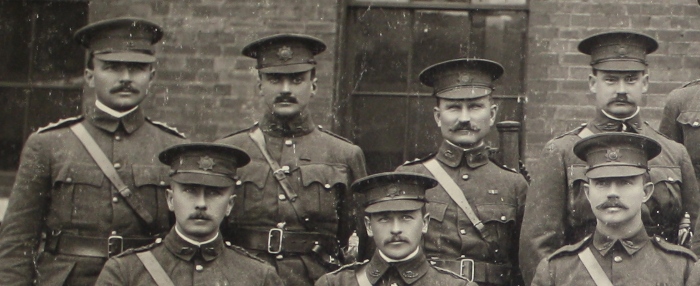
 Military Customs
Military Customs
 The Royal Fusiliers (City of London Regiment)
The Royal Fusiliers (City of London Regiment) Excerpts from the pages of On the Psychology of Military Incompetence, by Norman F. Dixon (1976).
Excerpts from the pages of On the Psychology of Military Incompetence, by Norman F. Dixon (1976). General:
General: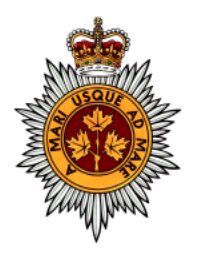

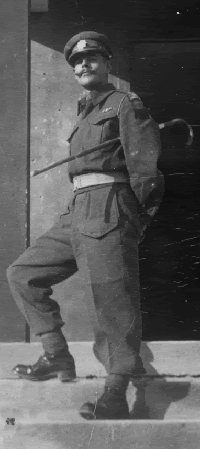

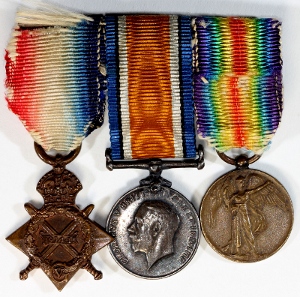 The uninitiated might ask: "How many possibilities could there be for medal collecting themes?"
The uninitiated might ask: "How many possibilities could there be for medal collecting themes?"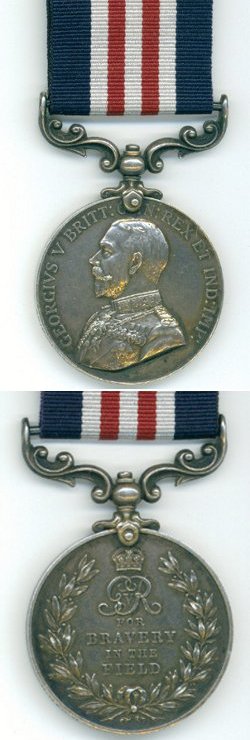 And here's where it gets complicated. Any collector might combine any variety of "simple" themes, perhaps defining their interests as:
And here's where it gets complicated. Any collector might combine any variety of "simple" themes, perhaps defining their interests as:
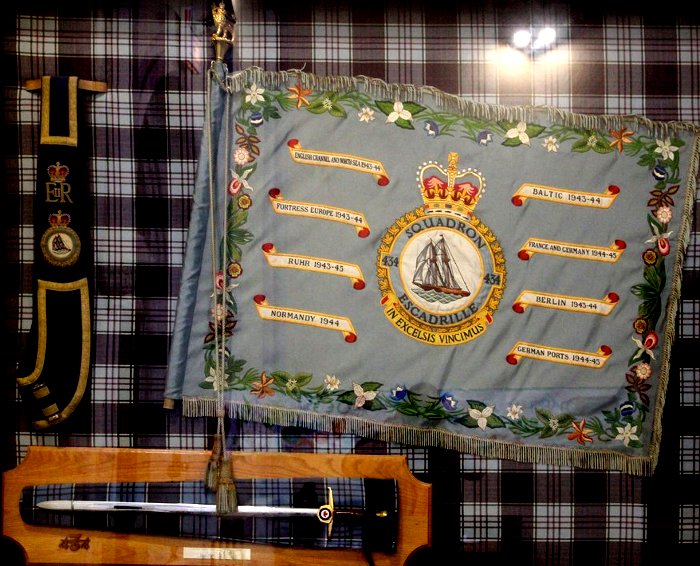
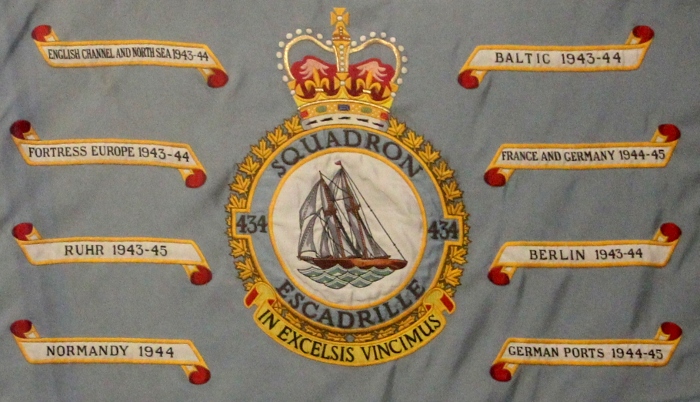
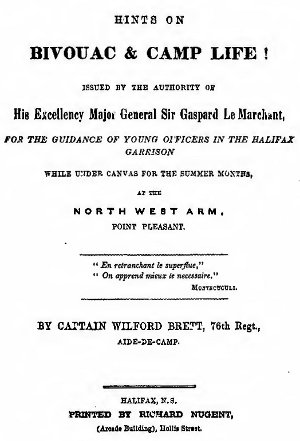 Issued under the authority of
Issued under the authority of 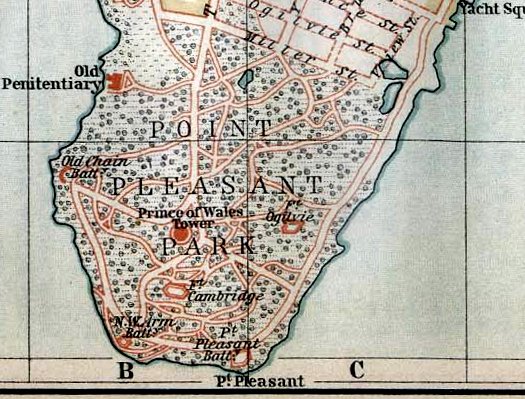
 Many members of
Many members of 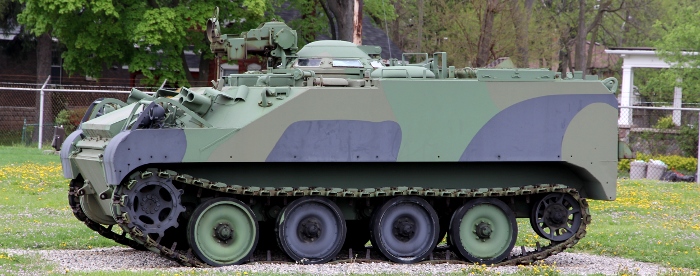

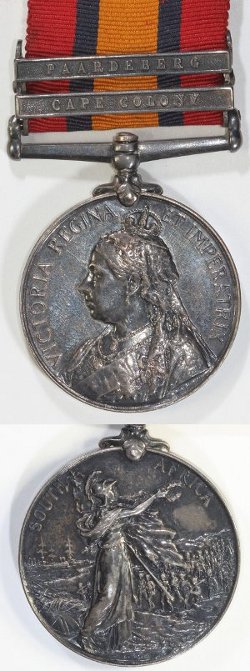 There always seems to be someone ready to denigrate the collector of military medals. "Profiting off their honour," they'll say, or "dishonouring the heroes." Sometimes, it's snide remarks inferring that the medals held by collectors must have been received via nefarious means, either stolen from families or swindled from poor widows. Collectors have even been called the "
There always seems to be someone ready to denigrate the collector of military medals. "Profiting off their honour," they'll say, or "dishonouring the heroes." Sometimes, it's snide remarks inferring that the medals held by collectors must have been received via nefarious means, either stolen from families or swindled from poor widows. Collectors have even been called the "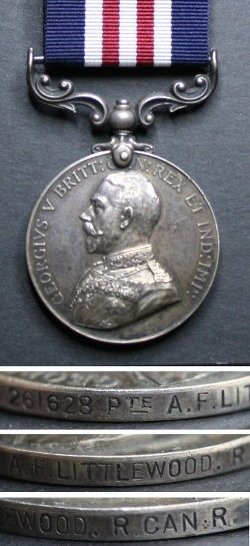 "Ban the sale of medals!" is an occasionally heard rally cry, one sometimes taken up by politicians seeking favour with constituents who might support such a measure. But this argument also is seldom fully developed; emotional cries for change seldom are. Should medals cease to be personal property, returned to the Crown on the death of the recipient? Would that not also prevent them passing to direct descendants? Or should families be required to register and retain them, releasing them only back to the Government to be held in an approved repository like a museum? How would we track such things, with a medal registry? What would we do with current collectors, seize their collections or grandfather them without allowance to resell ever?
"Ban the sale of medals!" is an occasionally heard rally cry, one sometimes taken up by politicians seeking favour with constituents who might support such a measure. But this argument also is seldom fully developed; emotional cries for change seldom are. Should medals cease to be personal property, returned to the Crown on the death of the recipient? Would that not also prevent them passing to direct descendants? Or should families be required to register and retain them, releasing them only back to the Government to be held in an approved repository like a museum? How would we track such things, with a medal registry? What would we do with current collectors, seize their collections or grandfather them without allowance to resell ever?  While some collectors may hoard and keep secret their collections and the research they have gathered, often it is because they have found that tactic protects them from the very accusations identified above. But in this increasingly connected world, more collectors are speaking out and sharing the knowledge they have about individual recipients, about the units and battles they have researched, and about the techniques they use both to find information and to preserve and display their collections.
While some collectors may hoard and keep secret their collections and the research they have gathered, often it is because they have found that tactic protects them from the very accusations identified above. But in this increasingly connected world, more collectors are speaking out and sharing the knowledge they have about individual recipients, about the units and battles they have researched, and about the techniques they use both to find information and to preserve and display their collections. 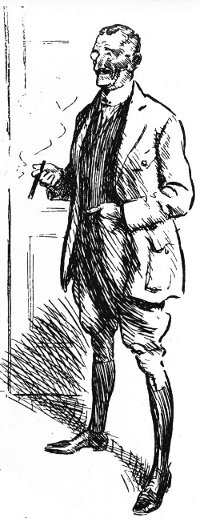 Following the First World War, many tried their hands at literary pursuits, from the well-known war poets to others who wrote the stories of their service. Following these better known examples, there were also some who tried to fill in every imaginable niche, penning works of interest for those with a lingering interest in understanding the late war and its soldiers. One of these was John Hay, with his volume "Humour in the Army" (pub. by Hazell, Warson & Viney, Ltd., 1931).
Following the First World War, many tried their hands at literary pursuits, from the well-known war poets to others who wrote the stories of their service. Following these better known examples, there were also some who tried to fill in every imaginable niche, penning works of interest for those with a lingering interest in understanding the late war and its soldiers. One of these was John Hay, with his volume "Humour in the Army" (pub. by Hazell, Warson & Viney, Ltd., 1931).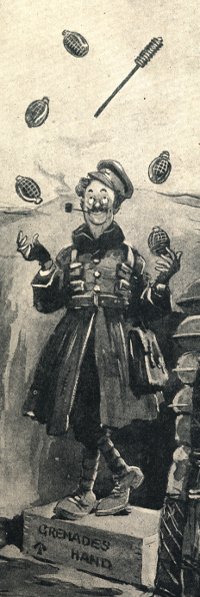
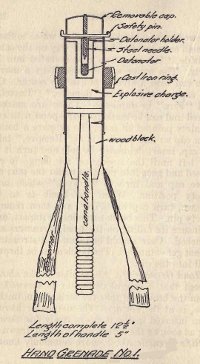
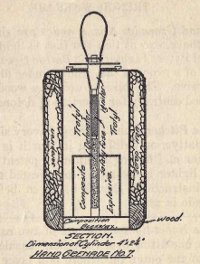
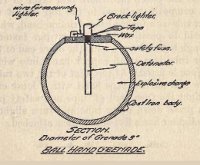
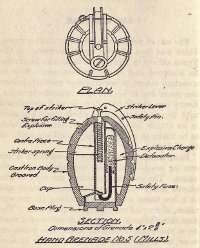
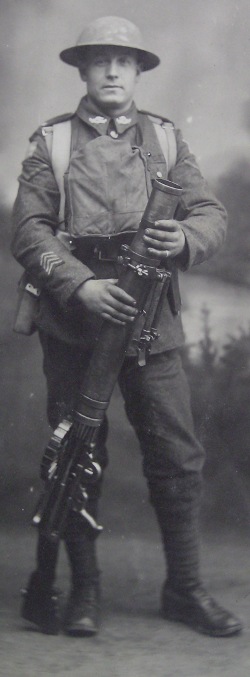 During the
During the 

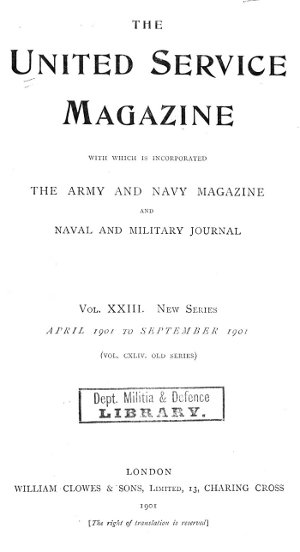 "By the Editor"
"By the Editor"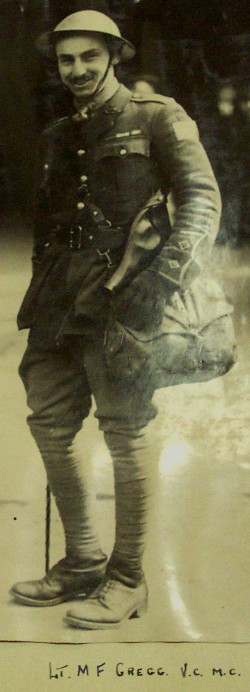 The following kit list was written by Captain
The following kit list was written by Captain 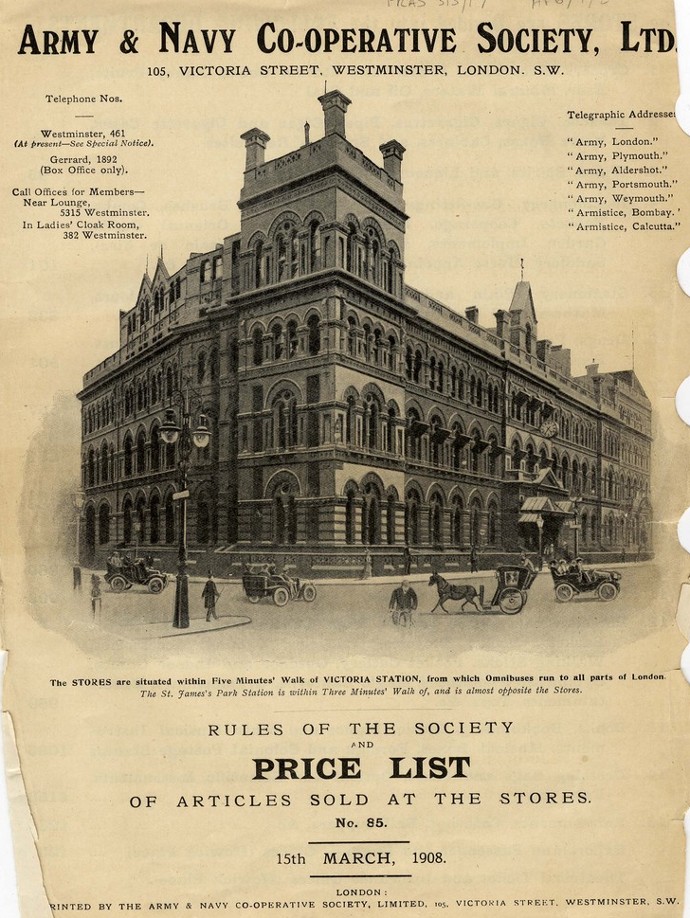

 HMCS Niobe arrived at
HMCS Niobe arrived at 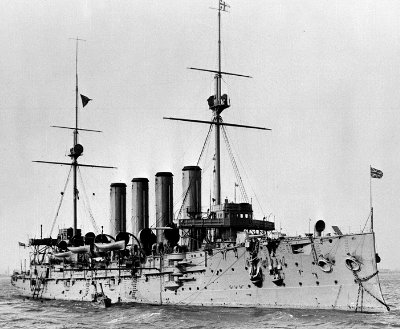 I have much gratification in extending to you a most cordial welcome to our Canadian waters, and in greeting in you the first personnel of our
I have much gratification in extending to you a most cordial welcome to our Canadian waters, and in greeting in you the first personnel of our 